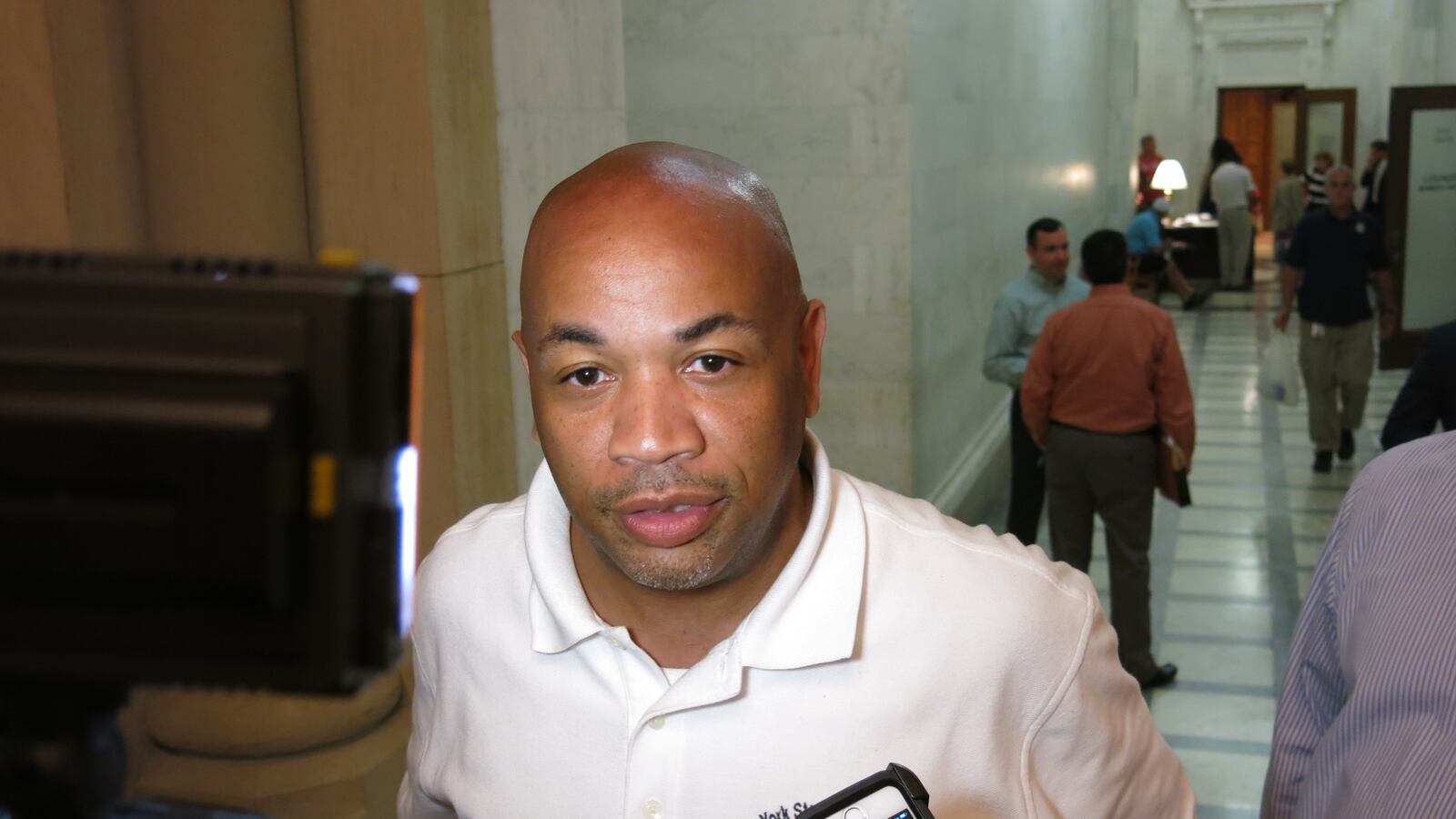The Democrat-controlled Assembly made its education positions known on Monday night when it released its budget bill, embracing a college affordability agenda beyond what the governor has proposed, and calling for more funding for traditional public schools.
The education provisions in the bill are in keeping with the Assembly’s past stances. The chamber generally supports the Foundation Aid formula, designed to distribute school funding more equitably, takes a hard line on charter schools and wants to extend mayoral control. With those positions now established for this budget cycle, the Assembly will haggle with the Senate and the governor to hammer out a final budget deal.
Here are some of the highlights from the Assembly’s budget:
— The Assembly budget increases school aid by $1.8 billion, with a $1.4 billion increase in foundation aid. That’s more than the governor proposed. It also rejects the executive budget’s decision to not fully fund the foundation aid formula, calling that a “repeal,” and commits to a four-year phase-in.
— The Assembly budget would reconfigure state aid so state college students could use a third of their Pell grants to pay for non-tuition expenses.
Governor Andrew Cuomo’s Excelsior scholarship offers free college tuition to full-time students at state colleges whose families earn less than $125,000 per year. It has been criticized for providing little additional help for low-income students who already have their tuition covered by state and federal aid, but need help paying for non-tuition expenses like books, rent and food. The Assembly budget would raise the cutoff for families to $150,00o per year in the fourth year of the program.
Another provision in Cuomo’s college tuition plan calls for students to average 15 credits per semester. That measure has been called “punitive” by at least one Assembly member and has been criticized by the chair of the Assembly’s higher education committee. (Most SUNY students don’t graduate in four years.) The Assembly’s budget allows students to take two semesters of 12 credits during their college tenure. In addition, it increases the maximum TAP award, or the amount students receive in state aid.
— The Assembly’s budget is not kind to charter schools. In fact, it rejects benefits included in the executive budget and provides some strings of its own. The Assembly would freeze charter school tuition, rejects the idea to lift New York City’s charter school cap and includes provisions related to transparency, enrollment and discipline.
— Mayoral control is extended for seven years in the Assembly’s budget, but it’s not the Assembly that stands in the way of a longer extension for Mayor Bill de Blasio. It’s Republicans in the Senate who have forced the mayor into one-year extensions for the past two years.
— The Assembly’s budget would require New York City to study the admissions process at the city’s specialized high schools. Though the city has said it wants to increase diversity at the elite crop of schools, its efforts do not seem to be working. Only 10 percent of specialized high school offers went to black and Hispanic students this year, despite the fact that those students make up about 70 percent of the city’s total student population.
— The budget includes $15 million in grants for school districts with growing English Language Learner populations, earmarked to help improve graduation rates. That is another area where New York City has struggled recently. Though graduation rates improved overall in 2016, those for English Language Learners decreased by almost 10 percentage points. (The city argues that is a misleading statistic because when current and former ELL students are combined, 57 more students graduated this year.)

